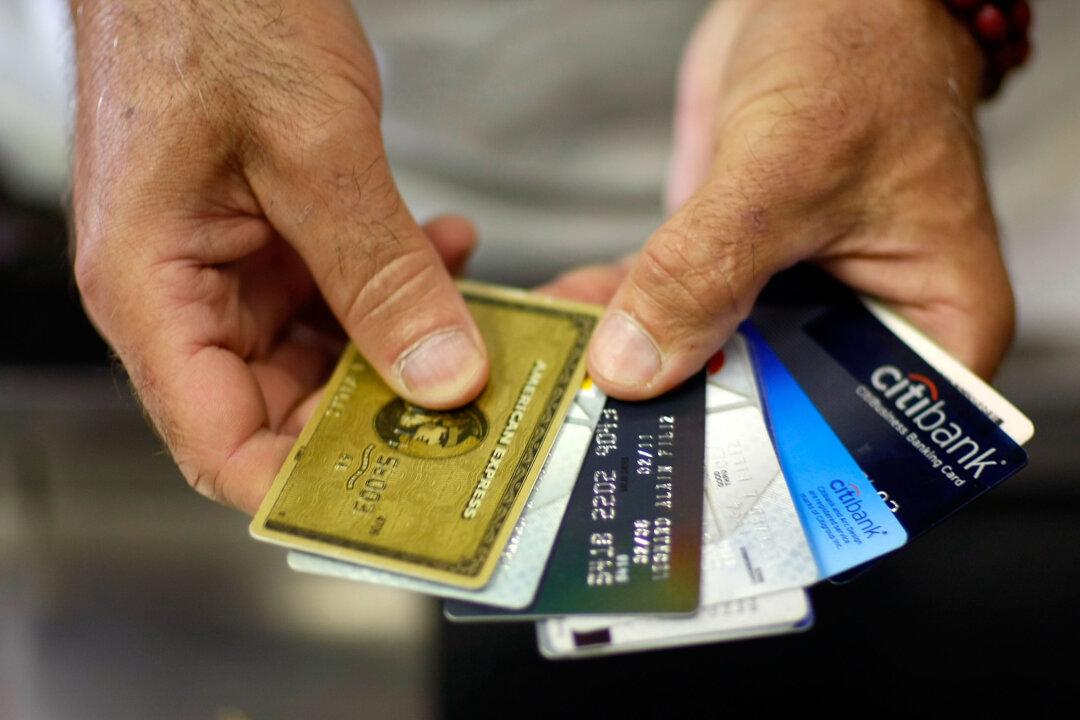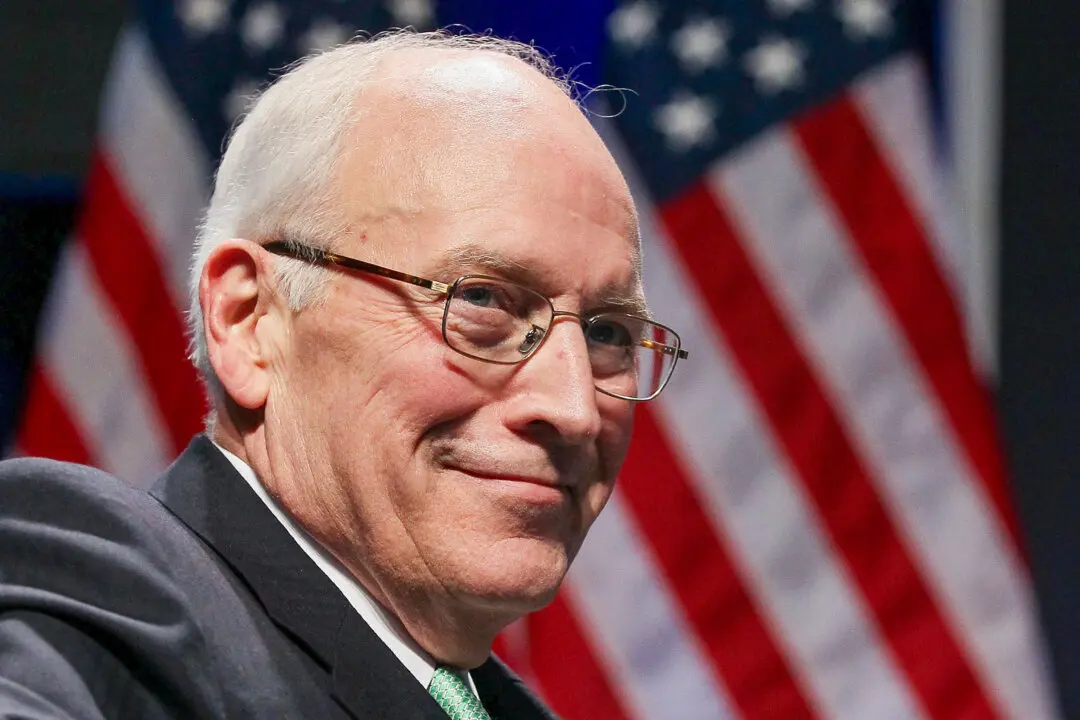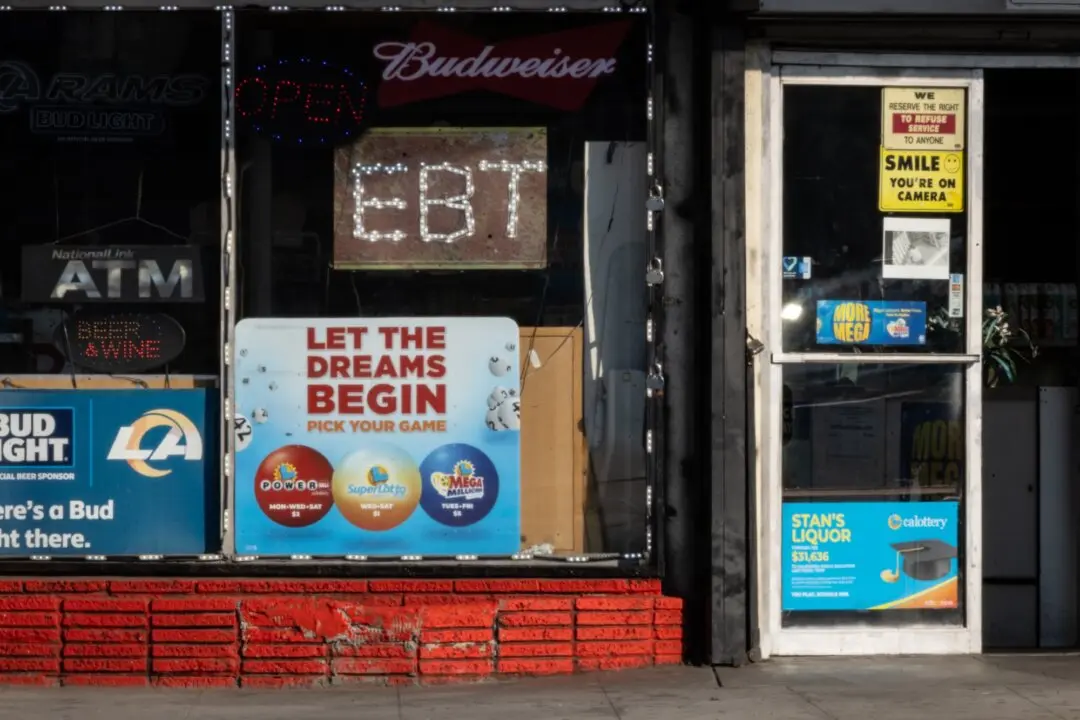Americans are borrowing like never before, according to a new report from the Federal Reserve that revealed U.S. household debt swelled to a record $16.9 trillion in the final quarter of 2022, notching the largest quarterly increase in 20 years.
Total debt balances grew by $394 billion in the fourth quarter, driven mostly by a $254 billion increase in mortgage balances, according to the latest Quarterly Report on Household Debt and Credit from the Federal Reserve Bank of New York, released on Feb. 16.





